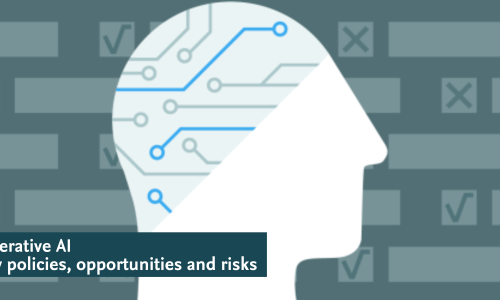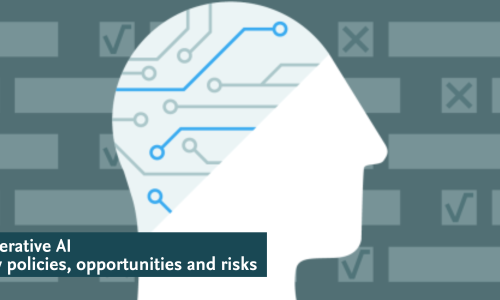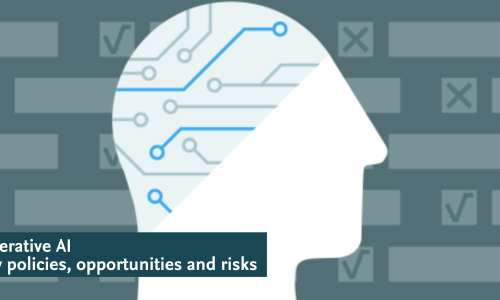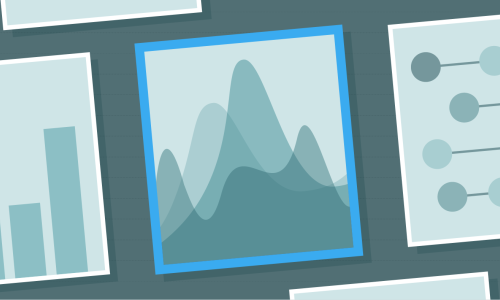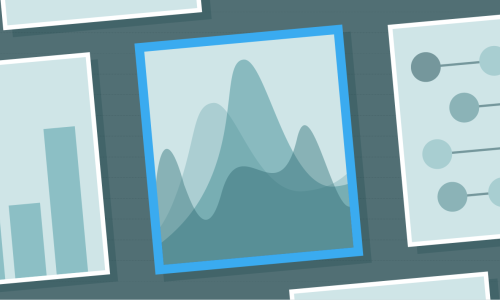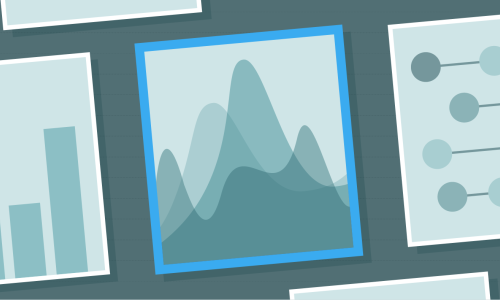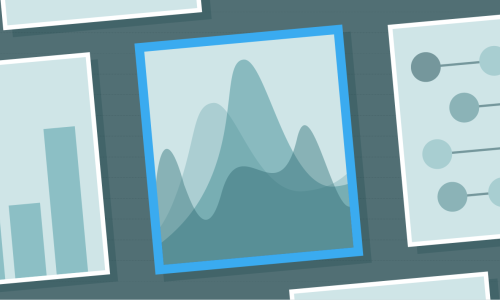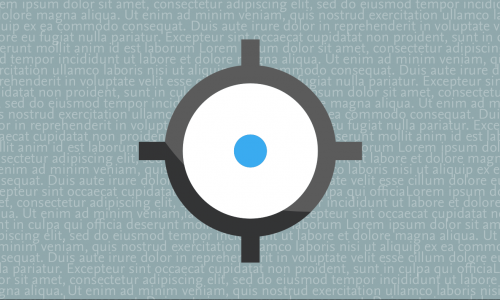Fundamentals of manuscript preparation
As you embark on your publishing career, it can feel like there’s an endless array of procedures, protocols and best practice to absorb.
In this series of modules, we walk you through some of the key points you should pay attention to during that all-important manuscript preparation stage.
We explain how the publishing cycle works from submission and peer review through to decision time! You will learn about the various elements in a traditional research article and receive valuable tips on how to maximize their potential. Additionally, we highlight the importance of the abstract and how you can make sure yours packs a punch.
What you will learn
- An introduction to the publishing process
- Insights into how to build an article
- Top tips for writing a great abstract
